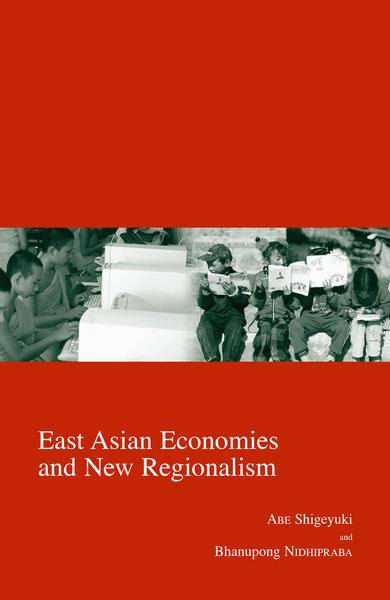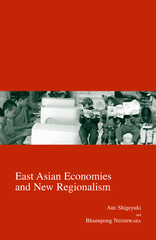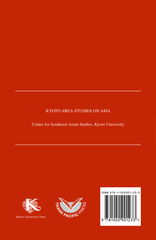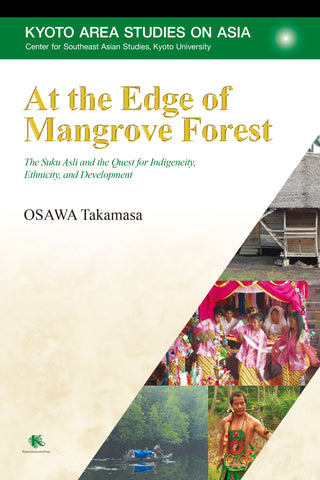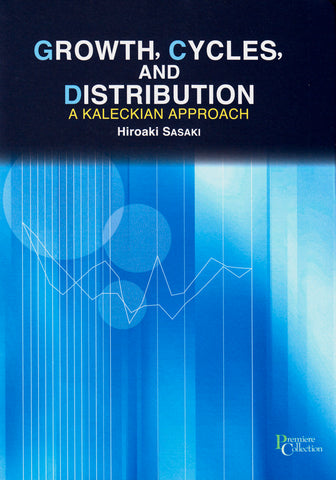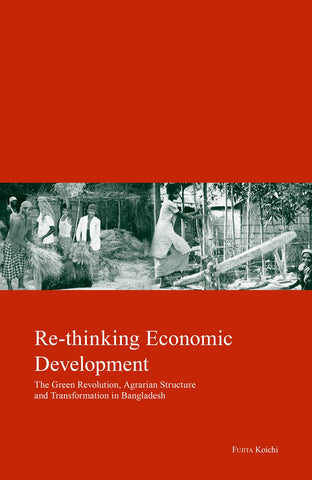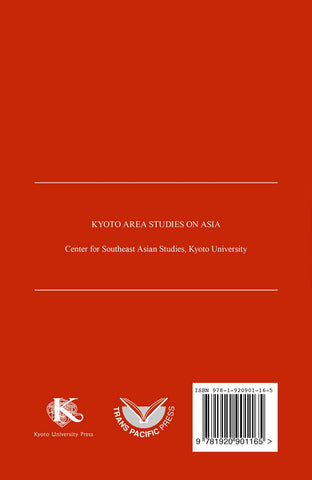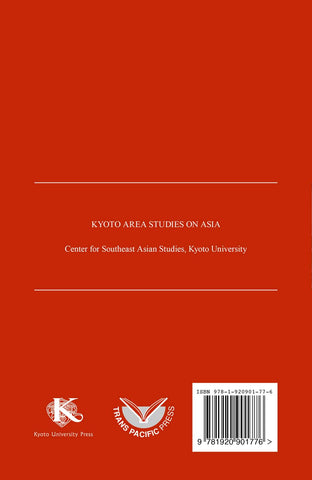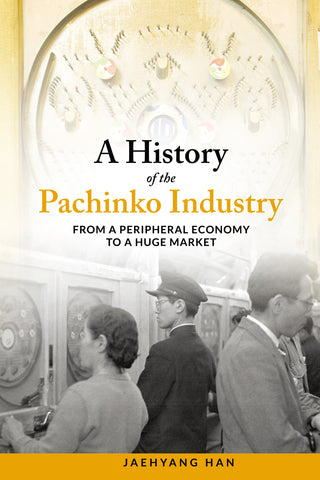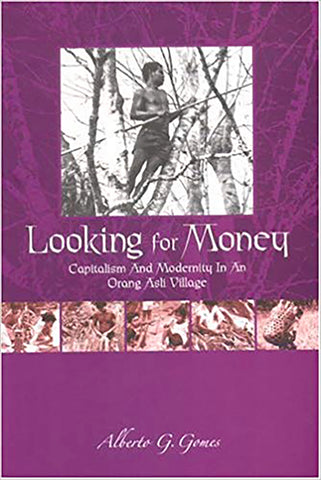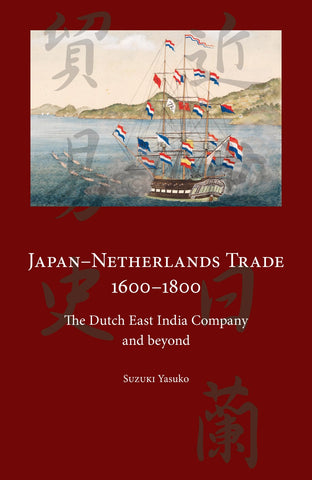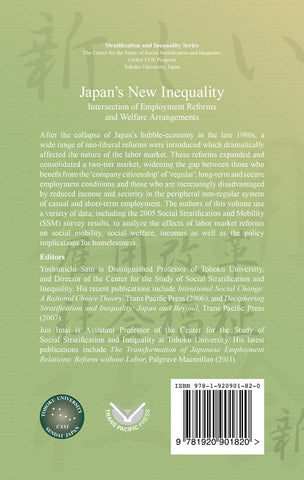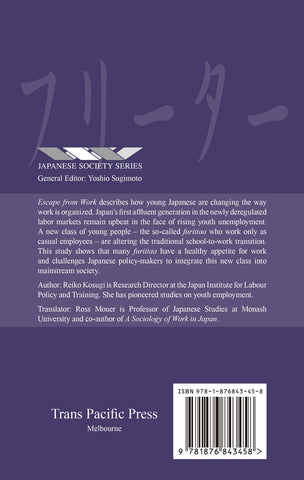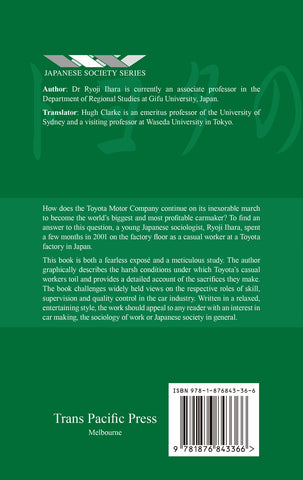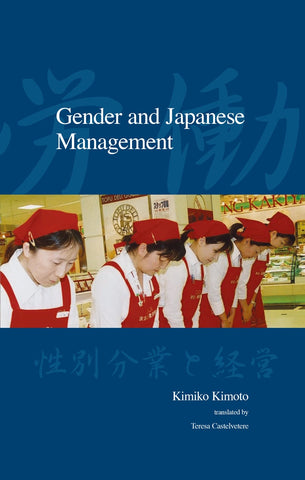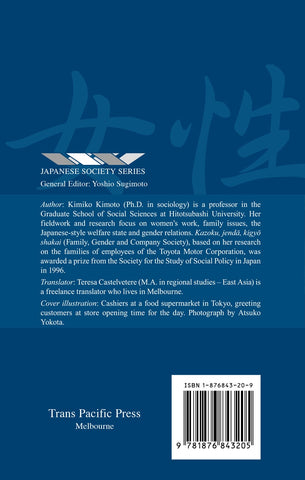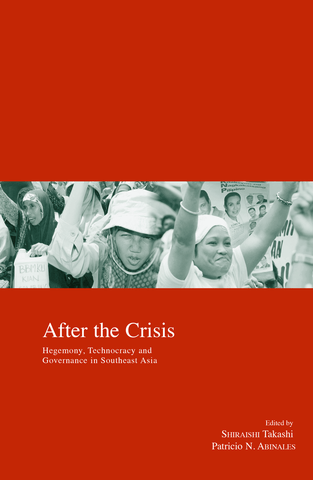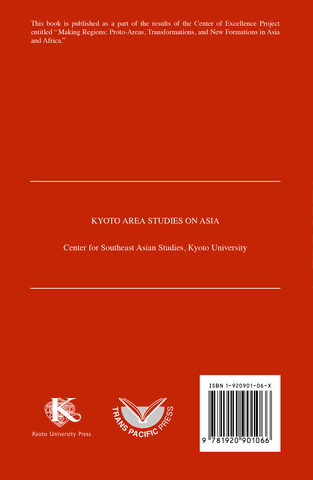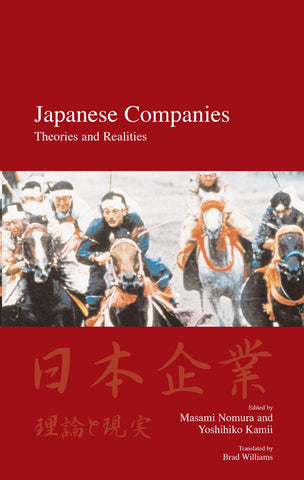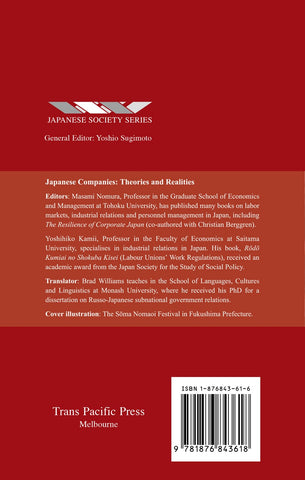East Asian Economies and New Regionalism
Many In Stock
In the face of the financial crisis of East Asia in 1997, Japan successfully pressed forth the Miyazawa Plan and other efficient rescue packages while the International Monetary Fund (IMF) and the World Bank failed to present effective programs. With its presence established, Japan kept playing a leading role in formulating the Chiang Mai Initiative which facilitated bilateral and regional economic cooperation in the area. Based on the analysis of the process, this book examines the ways in which East Asia has grappled with the regional integration of the economies of the area. The study focuses upon competing developmental models, the effects of the Free Trade Agreement and the Economic Partnership Agreement, the initiatives of the Association of Southeast Asian Nations, investments, and trades in the region. The contributors to the book then inquire what can be done in financial and monetary domains, with special attention paid to the effects of the depreciation of currencies and the consequences of the IMF emergency policies. The study also addresses the issues of productivity, problems of agrarian small states, and difficulties of the socially weak in the region.
About Editors and Authors
ABE Shigeyuki is Professor in the Faculty of Policy Studies, Doshisha University, and Director of the Center for Contemporary Asian Studies, Doshisha University. He was born in Hyogo Prefecture in 1948 and graduated in 1970 from the Faculty of Economics, Osaka University. He completed a PhD at the University of Hawaii in 1977, and worked at Kyoto Sangyo University, Kobe University and Kyoto University before serving as Professor in the Faculty of Policy Studies at Doshisha University from 2004. His research focuses on development economics, and current research themes include regional integration, direct investment, the Chinese economy and social security in Asia.
Table of contents
List of Figures
List of Boxes
List of Tables
List of Contributors
Introduction
Shigeyuki Abe and Bhanupong Nidhipraba
1 The New Development Paradigm in East Asia
Mahani Zainal-Abidin
Show More >
List of Figures
List of Boxes
List of Tables
List of Contributors
Introduction
Shigeyuki Abe and Bhanupong Nidhipraba
1 The New Development Paradigm in East Asia
Mahani Zainal-Abidin
2 The Emergence and Proliferation of FTAs in East Asia
Shujiro Urata
3 ASEAN's Strategy toward an Increasing Asian Integration
Suthiphand Chirathivat
4 ASEAN, China and India: Are They More Competitive or Complementary to Each Other?
Yumiko Okamoto
5 Aging and Productivity Growth for the Japanese Manufacturing Industries
Shandre M. Thangavelu and Shigeyuki Abe
6 Productivity, Technological Progress and Factor Substitution in the Malaysian Manufacturing Sector
Lai Yew Wah
7 Rural Economy in Myanmar at the Crossroads: With Special Reference to Rice Policies
Koichi Fujita
8 Social Safety Nets in Southeast Asia: With Special Reference to Thailand
Srawooth Paitoonpong and Shigeyuki Abe
9 Credit Crunch in East Asia: A Retrospective
Masahiro Enya, Akira Kohsaka and Mervin Pobre
10 Contractionary Devaluation Revisited: Can Appreciation be Expansionary?
Bhanupong Nidhiprabha
11 The Role of the Investment Climate in East Asia: What Really Matters?
Shoko Negishi
Index
